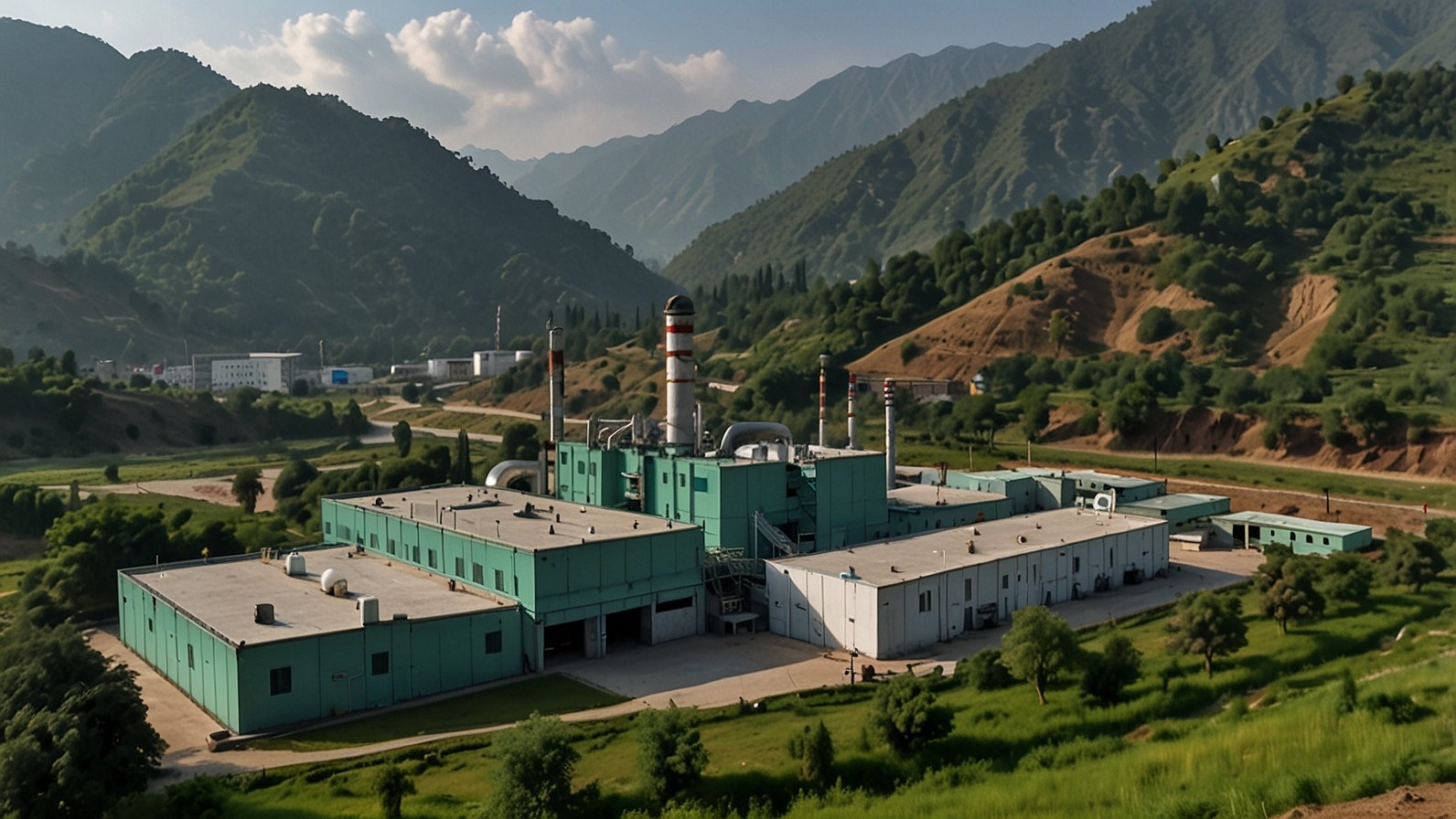Ever driven past a medicine bottle, a cosmetic, or a popular snack and noticed “Made in Baddi” on the label? This small town in the Himalayan foothills is the quiet engine behind countless everyday products. But what transformed this once-sleepy area into a roaring industrial titan? Welcome to the story of the Baddi Hub—a masterclass in strategic growth and a beacon of India’s manufacturing ambition.
Let’s pull back the curtain on this economic phenomenon.
From Himalayan Foothills to Industrial Juggernaut: A Brief History
The rise of the Baddi Hub isn’t an accident; it’s a story written by visionary policy. Before the early 2000s, Baddi and its neighbors, Barotiwala and Nalagarh (together forming the BBN belt), were picturesque but not particularly prosperous.
The catalyst? Himachal Pradesh’s targeted industrial policy, which offered attractive incentives like tax benefits and simplified regulations. This was like planting a flag and inviting the world’s manufacturers to set up shop in a region with immense potential. Companies, especially from the pharmaceutical sector, flocked here. They found not just financial benefits but also a conducive environment, space to grow, and a willing workforce. The rest, as they say, is history.
What Makes the Baddi Hub Tick? The Pillars of Success
So, how did one area become such a dominant force? It’s a combination of several powerful factors:
- Policy-Driven Growth: The initial tax incentives were a powerful magnet, creating a critical mass of industry that continues to attract more investment.
- Strategic Location: Nestled in the Solan district, it enjoys excellent connectivity to key markets like Chandigarh, Delhi, and Dehradun. Its proximity to the Asia-Pacific region also boosts its export potential.
- Infrastructure Development: Recognizing its success, the government established the Baddi-Barotiwala-Nalagarh Development Authority to oversee planned growth, ensuring roads, power, and water keep pace with industrial demand.
- The Power of Clustering: When thousands of factories—from pharma giants to packaging suppliers—operate in one area, it creates a powerful ecosystem. It streamlines supply chains, fosters innovation, and creates a deep pool of skilled labor.
Beyond Pharma: The Diverse Industrial Landscape
While it’s famous as a pharmaceutical hub (producing a massive chunk of India’s medicines), the Baddi industrial area is far from a one-trick pony.
Think of it as a massive, multi-category manufacturing mall. Alongside pharma giants like Himalaya Wellness and Dabur, you’ll find:
- FMCG & Food Processing: Major players like Nestlé and Britannia have large manufacturing units here, producing everything from chocolates to biscuits.
- Cosmetics & Personal Care: Countless brands contract-manufacture their shampoos, lotions, and makeup in Baddi’s state-of-the-art facilities.
- Textiles & Apparel: The region is a significant producer of hosiery and garments.
- Plastics & Packaging: Supporting the core industries, a robust ancillary sector has sprung up.
The Ripple Effect: Employment, Economy, and Challenges
The impact of the Baddi Hub extends far beyond factory walls. It’s a major employment driver for the entire northern region, providing thousands of direct and indirect jobs. It contributes significantly to Himachal Pradesh’s exchequer and has spurred development in housing, education, and retail in the surrounding areas.
However, this rapid growth hasn’t been without challenges. The strain on local resources and environmental concerns, particularly around water usage and waste management, are active areas of focus for the development authority and industries alike, pushing the hub towards more sustainable practices.
The Future of the Baddi Hub: What’s Next?
The Baddi Hub is not resting on its laurels. The future is about moving up the value chain:
- From Generic to Research: Evolving from generic drug manufacturing to more high-value research and innovation.
- Sustainability Focus: Embracing green manufacturing technologies and circular economy models to ensure growth is environmentally responsible.
- Tech Integration: Adopting Industry 4.0 practices with automation and AI to boost efficiency and global competitiveness.
3 Key Takeaways from the Baddi Success Story
- Policy Matters: Targeted, clear incentives can catalyze regional transformation.
- Ecosystems Win: Clustering industries creates a synergistic effect that is greater than the sum of its parts.
- Adaptability is Key: Continuous evolution—from policy to sustainability—is crucial for long-term success.
The Baddi Hub is a testament to what India’s manufacturing sector can achieve. It’s a dynamic, evolving landscape that continues to offer immense opportunity.
Have you witnessed the growth of Baddi firsthand, or does your business interact with this industrial powerhouse? We’d love to hear your perspective in the comments below.
You May Also Read: Unraveling Merchant Cash Advance Blursoft: A Comprehensive Guide
FAQs
Where exactly is the Baddi Hub located?
The Baddi Hub, officially the Baddi-Barotiwala-Nalagarh (BBN) industrial belt, is located in the Solan district of Himachal Pradesh, India. It’s approximately 30 km from Chandigarh and 260 km from Delhi.
Why are so many pharmaceutical companies in Baddi?
Pharmaceutical companies were initially attracted by the significant tax and fiscal incentives offered by the state government. The area now benefits from a powerful clustering effect, with a ready supply of skilled labor, ancillary industries, and developed infrastructure tailored to pharma manufacturing.
Can foreign companies invest in the Baddi Hub?
Absolutely. Foreign Direct Investment (FDI) is actively encouraged in most manufacturing sectors within the Baddi Hub, often through the automatic route, making it a prime destination for international companies looking to establish a production base in India.
What are the main industries in Baddi besides pharma?
While pharma is dominant, Baddi has a diverse industrial base including Fast-Moving Consumer Goods (FMCG) like food and beverages, cosmetics and personal care, textiles, and plastics/packaging.
How does the Baddi Hub address environmental concerns?
The development authority and industries are increasingly focused on sustainable practices. This includes mandates for Common Effluent Treatment Plants (CETPs) for waste water, promoting green energy adoption, and stricter enforcement of environmental regulations.
Is the area well-connected for logistics?
Yes, the Baddi Hub has excellent road connectivity to major highways linking it to Delhi, Chandigarh, and air/sea ports. This makes the transportation of raw materials and finished goods highly efficient.
What is the BBN Development Authority?
The Baddi-Barotiwala-Nalagarh Development Authority is the governing body responsible for the planning, development, and regulation of the industrial area. It oversees infrastructure projects and ensures organized growth.











